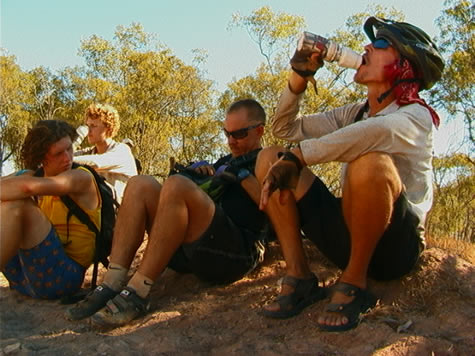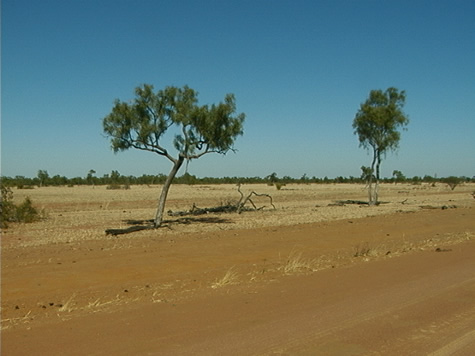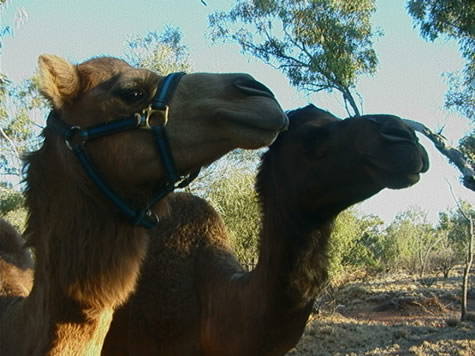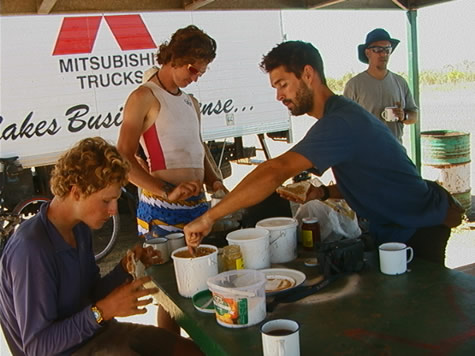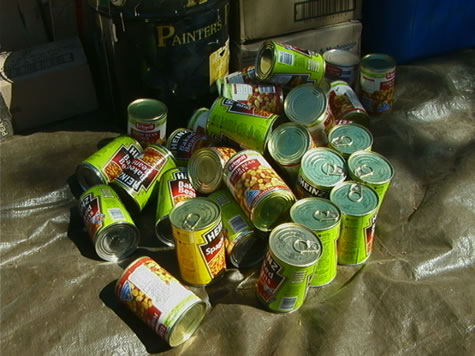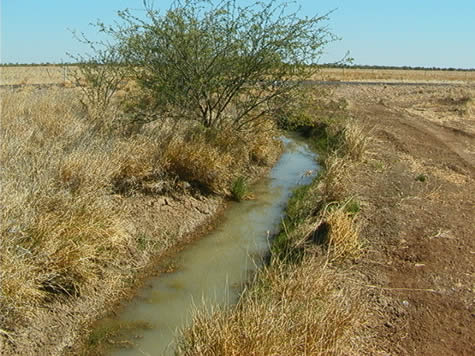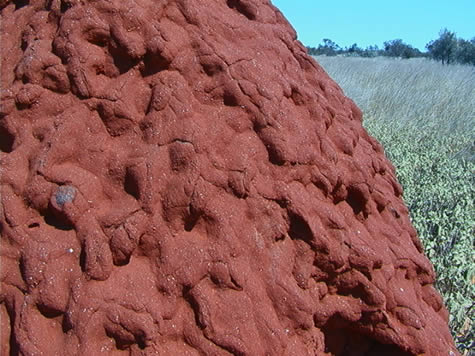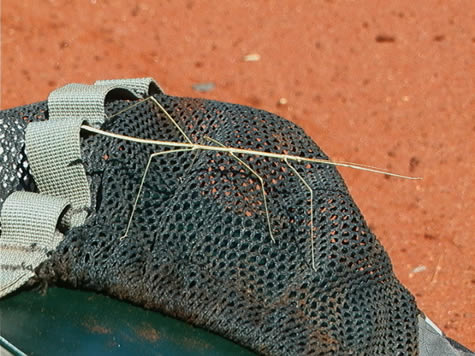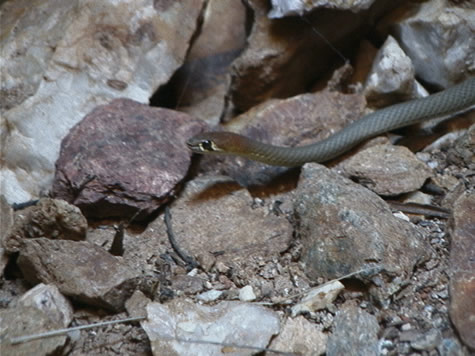Steam Engines
The use of steam engines in gold mining was very important and played a major role in the machinery being used during that time. Here are some of the uses for steam engines!…
The primary use for steam engines during the mining time in and around Maytown was to power the winches that were used to haul gear up out of the sometimes, 600 ft. deep mine shafts and to power the crushing and separating of raw ore in the mills. The way steam was used was as a way to turn pistons, very similar to what gasoline does in your car when it combusts, or explodes. Once pistons could be moved, they in turn powered belts and different levers that moved rocks in and out of various separating areas. One area included a big metal dish that had a giant metal ball spinning in it that crushed ore. Once the ore was crushed, it was separated in bath of mercury. Another area that the steam powered was the turning of a wheel that lifted raw rocks and rubble out of extremely deep mine shafts. The power it took to lift the weight of all those rocks must have been incredible.
The water, which creates the steam, was all heated by wood. Because of this, a cleared area of no trees with a radius of about 20 miles was created around Maytown. All of the trees that we see while riding are new growth, or second growth.
As you can see, the power of steam engines in the mining times was awesome, both mechanically, and environmentally!
By, Crister
